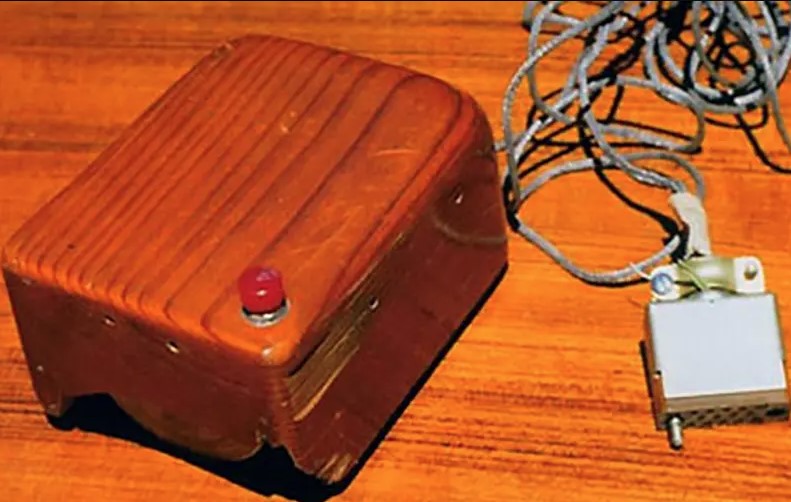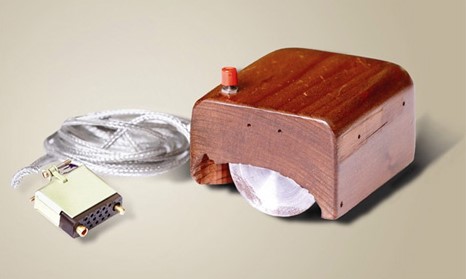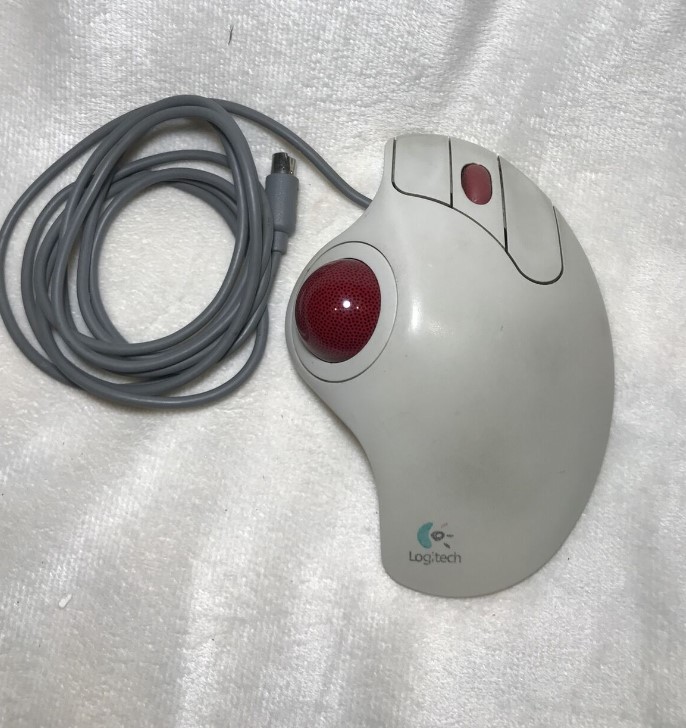The computer mouse has evolved into an essential tool in today's digital world, helping us to navigate our digital lives with ease.
However, its origins may be traced back to an incredible voyage of invention and research that began at the beginning of the computer era.
The Truth About the First Computer Mouse: From Wooden To Plastic

Contrary to popular belief, the world's first computer mouse was not crafted from plastic but from wood.
Douglas Engelbart, a visionary engineer at the Stanford Research Institute (SRI), conceptualized and built the first wooden computer mouse in 1962.
This revolutionary device, known as the X-Y Position Indicator for a Display System, was designed as a more intuitive and efficient way to interact with computer displays.
What Caused The Appearance Of The Computer Mouse?
The design of the first computer mouse was inspired by Engelbart's frustration with the traditional method of using a keyboard to navigate through text on a computer screen.
He believed that there had to be a better and more natural way to interact with computers.

Engelbart wanted to create a device that could move a cursor on a computer screen, allowing users to select and manipulate objects with ease.
The World's First Computer Mouse's Structure
The wooden mouse was a simple yet ingenious design. It consisted of two wheels mounted at right angles to each other, with one wheel tracking horizontal movement and the other tracking vertical movement.

As the user moved the mouse, the wheels would rotate, generating electrical signals that were sent to the computer.
These signals were then interpreted by the computer to move the cursor on the screen in the corresponding direction.
The first computer mouse also had a single button, which was used for selecting and clicking on objects on the screen. This button was connected to a switch that would send a signal to the computer when pressed.
The entire device was powered by a cord that connected to the computer's serial port, allowing for data transmission between the mouse and the computer.

From Wood to Plastic: The Evolution of the First Computer Mouse
Although the wooden mouse was a groundbreaking invention, it had its limitations.
The wheels would often get stuck or clogged with dirt, making it difficult to move the cursor accurately.
To solve these issues, Engelbart and his team continued to experiment with different designs and materials for the computer mouse.
In 1972, Bill English, a colleague of Engelbart's at SRI, developed a new version of the mouse made from plastic.
This new design featured a ball instead of wheels, allowing for smoother movement and more precise tracking. It also had three buttons instead of one, providing users with more options for interacting with the computer.

The plastic mouse was a significant improvement over the wooden mouse and became the standard design for computer mice for many years.
However, it wasn't until the late 1980s that the mouse became a standard accessory for personal computers, thanks to the rise of graphical user interfaces (GUIs) and the widespread adoption of the mouse by companies like Apple and Microsoft.






